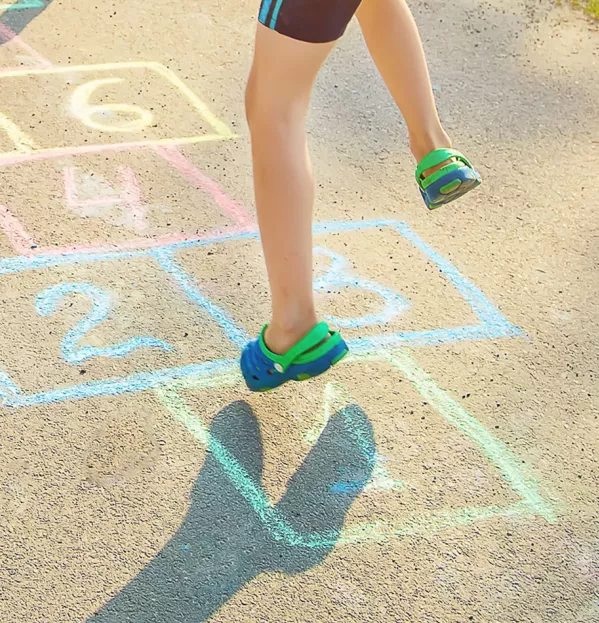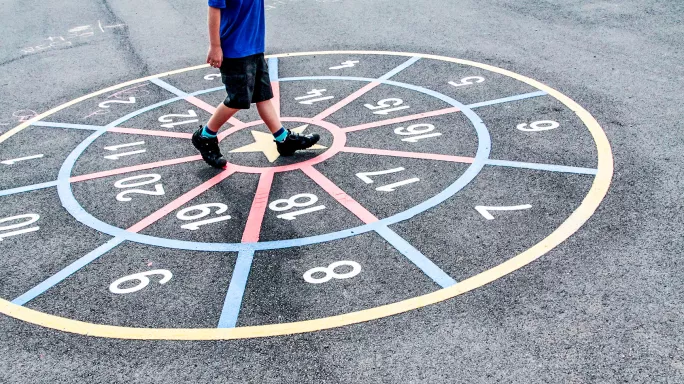More than ever, we are hearing about the need for students to become media-literate. Schools should be equipping them with the skills to spot fake news and to think critically about the information they encounter across different platforms.
It would be a mistake to believe this is the responsibility of language teachers. Media literacy relies on more than just an understanding of language; it requires students to make sense of statistics.
Statistics: data in a real-world setting
At the moment in maths, a student might be expected to observe, calculate and offer an interpretation. However, making sense of data in a real-world setting - statistics presented in a news report, for instance - involves a deeper knowledge of how mathematical concepts interact with context.
It’s not easy to fit teaching about this into a packed curriculum, but there are some simple activities that can help bring statistical concepts to life. It’s all about making data personal.
1. Box plot
For this activity, each student needs a mini whiteboard with a number written on it. You could get them to check their smartphone to find out what their screen time was from the day before and use this. Alternatively, you could prepare data in advance.
Once everyone has their numbers, ask students how they’d arrange themselves so that the data tells a story. Their instinct will usually be to organise in numerical order, standing in a line.
Now, interrogate this: does this arrangement tell the whole story? If someone with the value “60 minutes” is standing the same distance away from someone with the value “55 minutes” on one side and “75 minutes” on the other, is this a true representation?
The next step is to create a more accurate model. For this, you can use post-it notes to mark out a scale of values on the floor, and ask students to position themselves in the correct place between the minimum and maximum values, giving a clearer idea of the true spread of the data.
Now ask them: how has the story developed? What is the significance of the gaps between people? What does the middle person represent?
To help shape the discussion, you could tie the data to a topical issue. In the past, I have used infant mortality rates for a sample of countries, only revealing that this is what the numbers represent once students are in position. This can spark interest and generate debate.
2. Human scatter graph
Statistical diagrams appear throughout the curriculum from upper primary to GCSEs, and the above activity can be adapted for different levels and diagram types.
For example, it’s easy to create a human scatter graph. You could measure the height of every student in the class, as well as the distance they can jump from standing. One of these measurements will correlate to the “x” axis, and the other to the “y” axis. You can determine the scales of the axes in advance, or decide these with students as part of the exercise.
Ask everyone to take their place on the graph. Then, talk about the story the data is telling. In this case, you might ask students to predict how far individuals can jump, based on their height.
If you are the oldest person in the room, you might tell them your own height, and ask what this means for how age affects the data.
These activities might sound like gimmicks, but there is a lot to be gained from helping each student to see themselves as a “data point”.
In my experience, the immersive nature of these tasks gives new meaning to what would otherwise just be a cross on a piece of paper. It encourages students to see beyond summary statistics and appreciate the mathematical journey from concrete, to pictorial, to more abstract implications.
Clearly, there are lots of ways to do things, and we all have our own contexts and preferences, but this sort of teaching does invite students to engage more personally with otherwise under-appreciated statistical diagrams.
Jim Noble is a maths teacher in Toulouse and the author of Mathematics Lessons to Look Forward to






